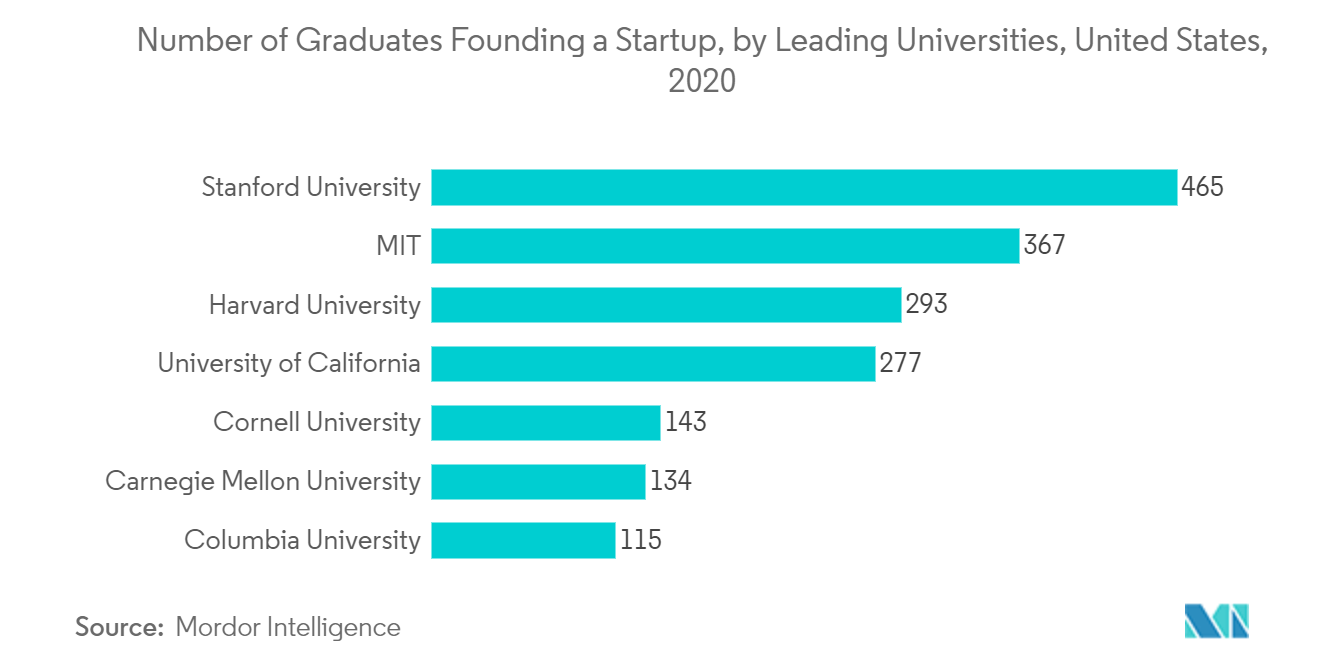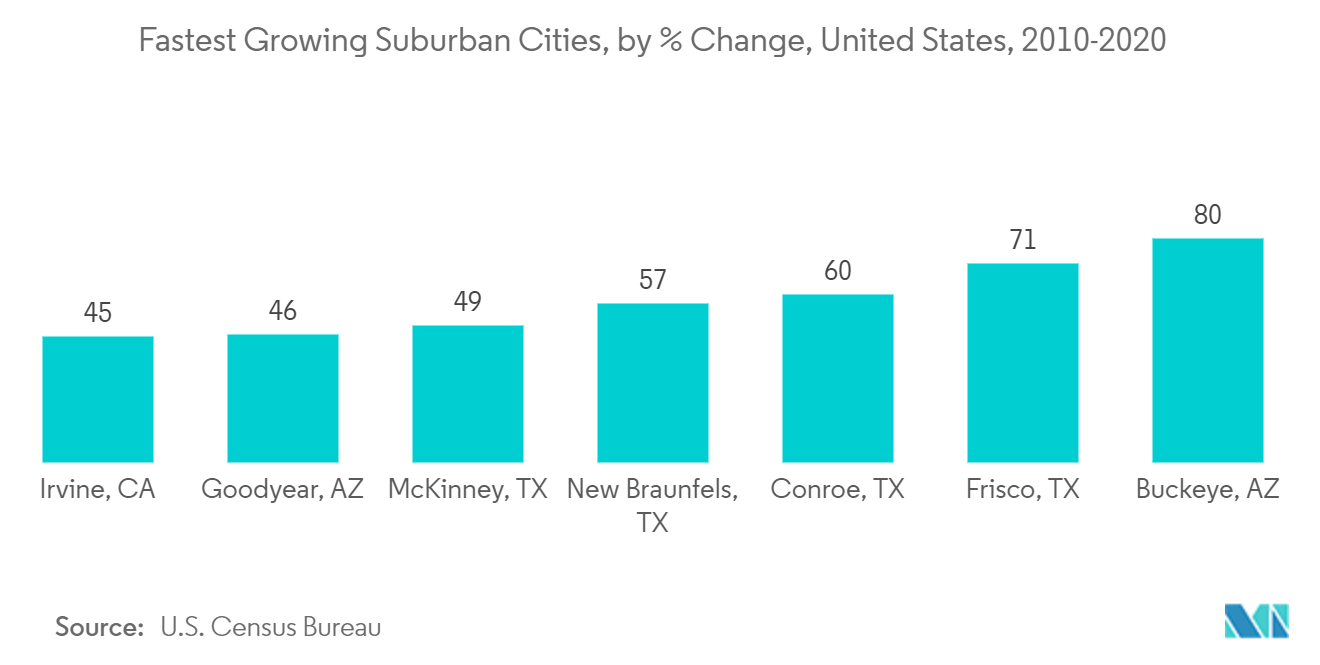Market Trends of United States Co-Working Office Space Industry
This section covers the major market trends shaping the US Co-Working Office Space Market according to our research experts:
The Rise of the Startup Culture
Over the last decade, the rapid growth of the startup culture and the rising spirit of entrepreneurship have resulted in the expansion of coworking space. With everyone wanting to start their own business or service, the demand for professional and affordable office space has increased.
The ability to outsource projects to remote teams and the widespread use of digital solutions in all aspects of our lives have lowered the market entry threshold, resulting in a flood of new startups.
In terms of the number of startups, the United States tops the list (63,703). India is ranked second on the list with just 8,301 startups. Around 50% of Unicorn companies are located in the United States.
Immigrants founded more than half of the billion-dollar-plus startups in the United States. In the last two years, the number of fintech startups tripled, rising from over 12,200 in 2019 to 26,000 in 2021.
Fintechs in the United States raised USD 12.8 billion in the first quarter of 2021, up 220% during the same period in 2020.
JUUL Labs, a California-based e-cigarette company, was the most well-funded tech startup in the United States as of February 2021, with over USD 15 billion in disclosed equity funding.
In 2021, Epic Games, based in North Carolina, received approximately USD 3.4 billion in equity funding. Magic Leap, based in Florida, rounds out the top three. This technology firm received just under USD 3 billion in equity funding.

Suburban Revitalization and Part-time Commutes
Many modern professionals will no longer be required to report to a central office daily in 2022 and beyond, owing to the widespread adoption of hybrid working, which allows them to work from home or a coworking space while occasionally visiting an urban headquarters.
This trend will not only allow them to relocate to better-value housing areas (or spend more time in suburban communities), but it will also encourage businesses to invest in local coworking spaces that are more convenient and less expensive than lavish HQs in prime city locations.
Spaces, a part of the IWG network that is the world's largest provider of flexible workspace, has been opening new locations in the suburbs across the United States, a trend that will continue through 2022.
Suburbs in the United States' largest metro areas have gained 4.7 million people since 2010. The COVID-19 pandemic exacerbated the population shift from urban to suburban communities, as more people prioritize privacy, increased living space, dedicated outdoor space, and other features that are becoming increasingly difficult to access in dense urban environments.
The 2020 Census gives insight into this trend, stating a record number of change-of-address requests to the US Postal Service during the first six months of the pandemic.
Localities can redefine the suburban living experience through strategic planning and investment, smart land use policy, partnerships with public and private stakeholders, and a celebration of these communities' unique features.


